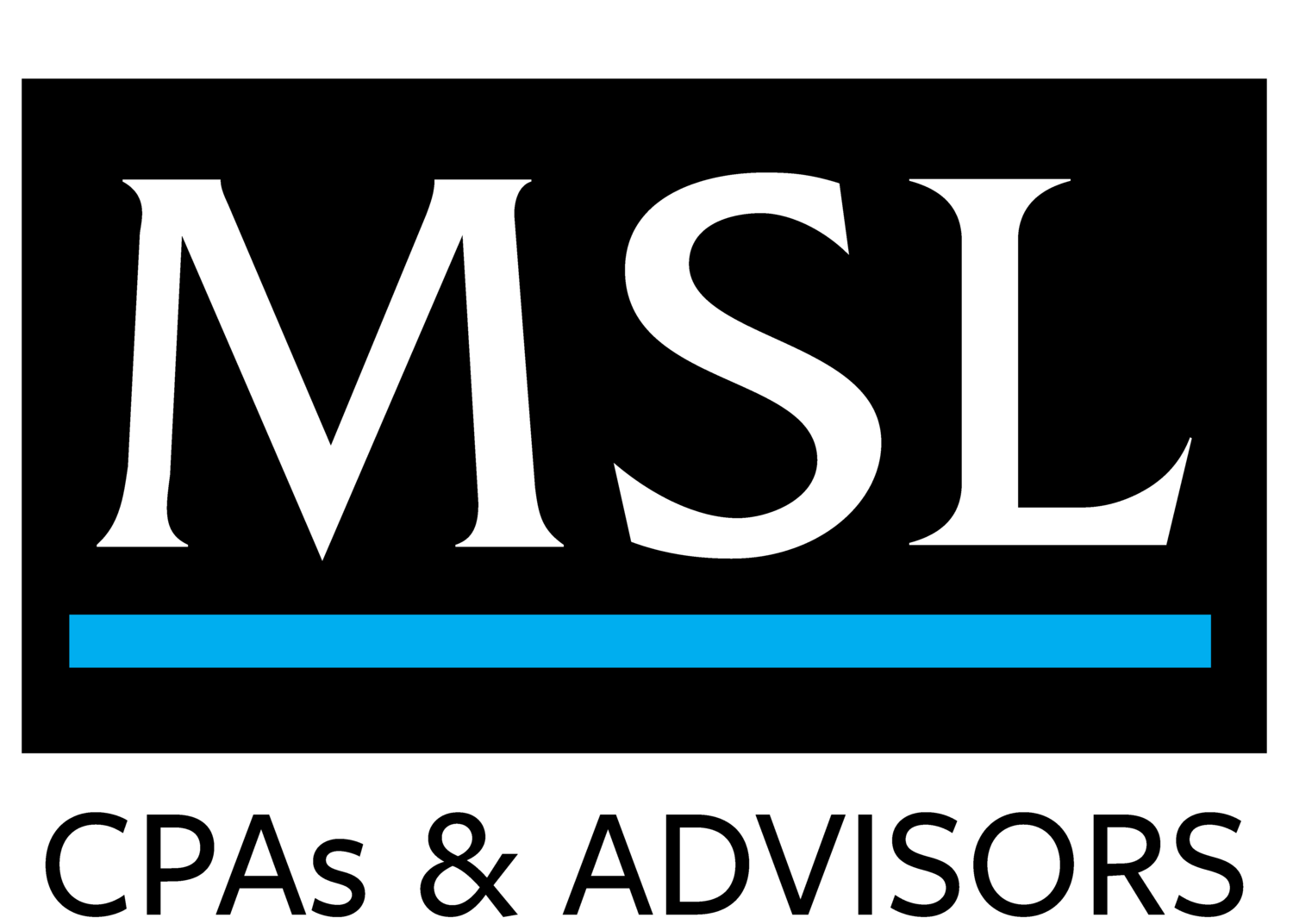Medicare: Long-Term Care
/For most skilled nursing facilities (SNFs), Medicare reimbursements are an important revenue source to maintain both margins and census. If your skilled nursing facility is one of these, it is imperative that your organization develops an effective strategy to address the evolving reimbursement landscape impacting Medicare.
SNF value-based purchasing programs will soon place portions of Medicare reimbursement at risk (e.g. the nursing home readmission penalty). However, SNFs need to quickly realize that federal initiatives and policies for Medicare are driving a reduction in both (a) referrals available to nursing homes and (b) the length of stay (LOS) while in the nursing home. Bottom line, financial incentives and pressures on referral partners (e.g. local hospitals) are expected to have a significant impact on the Medicare census for SNFs.
BACKGROUND
An important initiative of health reform is to reward providers who provide higher quality patient care and to penalize providers who do not (i.e. value-based purchasing). To accomplish this, a portion of Medicare reimbursement is dependent upon how a provider performs against defined quality metrics. This, in essence, creates a game of so-called “winners” and “losers”. In fact, many of the value-based purchasing initiatives simply shift a portion of the Medicare rate available from those in the bottom half of the quality metrics to those in the upper half. Other initiatives have resulted in payment penalties for failure to meet the defined quality criteria (e.g. hospital 30-day readmission penalties, hospital acquired condition penalties).
Value-based purchasing has actively been impacting acute care providers for several years; and from the perspective of the Centers for Medicare and Medicaid Services (CMS), has been widely successful. When considering all sectors and initiatives, CMS met its established goal that by 2016, 85% of all Medicare payments be in a value-based purchasing program and that 30% be in an “at risks” alternative payment model (such as an Accountable Care Organization). CMS has set a goal that by 2018, those numbers will exceed 90% and 50%, respectively.
Value-based purchasing for SNFs have been introduced through the following legislative acts:
• Protecting Access to Medicare Act of 2014 (“PAMA”): This will add a direct readmission penalty for skilled nursing providers based on all cause; all condition assessment.
• Improving Medicare Post-Acute Transformation Act of 2014 (“IMPACT): Requires defined post-acute providers [1] to report required information on outcomes by October 2018 or have annual rate adjustments reduced by 2%.
The more imminent impact to SNFs is from policy initiatives centered on lowering the overall Medicare Spending per Beneficiary (MSPB). CMS tracks the MSPB for each diagnostic-related group (DRG) during both the inpatient hospital stay and other providers in the episode. Research performed by CMS found the following impacting the perception of post- acute care:
Over the past decade, the increase in MSPB was 19% for acute care and 68% for post-acute;
Post-acute providers as a whole accounted for 40% of the total variation in MSPB; and
• MSPB for all SNFs varies as much as 50% across providers/regions and the variation was not correlated to patient diagnosis or clinical needs; and
• 45% of all readmissions were avoidable, and MSPB doubles from a readmission.
BUNDLED PAYMENTS AND MSPB
CMS’s bundled care payment program initiatives (BP) was introduced as a risk-based incentive program with a goal to drive down MSPB. Launched as a voluntary program, providers who elected to participate would sign- up for a DRG under one of four models. The most prevalent of these models for acute care has been Model Two in which the lead provider (generally a hospital) is responsible for the MSPB for the inpatient stay through 30, 60, or 90 days post discharge. The most prevalent of these models for long-term care has been Model Three in which the lead provider (generally a post-acute provider) is responsible for the MSPB after discharge from acute care through 30, 60, or 90 days post discharge.
In short, the goal of BP is for the lead provider to manage the patient to reduce the total MSPB for all cases in that DRG below the threshold established by CMS.
Example. Average MSPB for the DRG is $10,000 and a 90-day post discharge is selected resulting in a 2% required reduction. CMS would set the target at $9,800 (98% of $10,000). At the end of the measurement year, a settlement payment is received or paid for the total number of episodes in that DRG multiplied by the difference between $9,800 and the actual MSPB. If the actual MSPB is less, the lead provider receives a monetary incentive for lowering the costs of care. Conversely, the lead provider bears the risk of reimbursing CMS for any increase in actual MSPB from poor management (e.g. readmission because of early discharge that led to higher overall costs).
Each provider continues to receive their traditional Medicare payments (e.g. skilled nursing is reimbursed based on resource utilization group (RUGs)). Hence, the voluntary BP initiatives were widely accepted among providers.
CMS has introduced mandatory BP for total hip and knee as a demonstration period in 67 major markets around the country making the hospital financially responsible for the whole MSPB for three days prior to admission through 90 days post discharge. There are approximately 800 hospitals impacted in the demonstration. CMS recently opened for comment [2], a proposed mandatory bundled payment for (a) heart attack, (b) heart bypass, and (c) surgical hip /femur fracture treatment for a demonstration period in 98 major markets as soon as October 2017.
To be successful in controlling MSPB, the hospital has to hold down the total cost of care for the average episode. As an inpatient hospital stay is paid by DRG (a fixed payment per episode), the best strategy for the hospital to control costs after discharge is by reducing post-acute costs and avoiding readmission. As the post-acute provider is often a separate organization, the hospital can steer patients to the lowest cost of care without an adverse impact on its bottom line.
Whether or not an acute care hospital participates in BP, MSPB affects the reimbursement for hospitals. For FY 2017, 6% of a hospital’s inpatient Medicare fee schedule is “at risks” consisting of (a) 3% for readmissions; (b) 2% for value-based purchasing; and (c) 1% hospital acquired conditions. One-quarter of the value-based purchasing component is based on the hospital’s “efficiency”. Currently, MSPB [3] is the only measurement used by CMS for determining the efficiency component. Combined, with BP, there are significant incentives for hospitals to actively develop strategies to address value-based purchasing proactively.
While hospitals need to find ways to lower the cost of care, they also need to maintain high levels of quality care to succeed in value-based purchasing. CMS mandates certain levels of quality to participate in many of the alternative programs, which requires nursing homes to be three stars or higher under the five-star rating system [4]. According to Modern Healthcare [5], this would eliminate 80% of the nursing home providers in certain markets.
Examples of strategies being implemented by hospitals to succeed under BP:
• Selection of one or just a few select nursing homes (i.e. narrow network) that meet desired quality metrics to receive discharges (patient maintains choice);
• ARNPs and other post-discharge monitoring to avoid readmissions;
• Bypassing the SNF by discharging to the patient’s home to be served by home health or outpatient rehabilitation (e.g. orthopedic rehabilitation is already widely being steered away from nursing homes); and
• Expectation that participating SNFs maintain LOS at 10 or fewer days to continue participation with hospitals.
The result is that many SNFs are at risk of having their skilled nursing census significantly reduced. It is also expected for the industry to have fewer available admissions and for a larger portion of available admissions to be the higher costs cases. An SNF that can maintain the same number of admissions but reduces its LOS from 20 to 10 has cut its Medicare census in half.
STRATEGIC THINKING
Any strategic thinking must begin with the following:
• Management and the Board need to accept that the landscape has already changed and adopted strategies for success; and
• An honest assessment of the skilled nursing facilities (a) position (reputation, census, financial status), (b) quality ratings, (c) referral relationships, and (d) other levels of care.
This will create opportunities for some providers, and this will pose significant fiscal risks for others. Nursing homes should consider plans to address the risks of a reduction in the Medicare census to maintain a financially healthy census and mix. High-quality facilities and those that offer multiple levels of post-acute care will be in demand. Facilities should be actively engaged to solidify referral relationships and to provide value to referral partners (e.g. shared data that makes it clear how your organization benefits the referral partner). Facilities need to monitor the costs of providing services to avoid accepting high-risk referrals where reimbursement is inadequate to cover costs.
For more information on any of the above, contact your MSL CPAs & Advisors representative who will be happy to assist your organization. Please contact us at 1-800- 683-5401.
Sandy Swindling, CPA - sswindling@mslcpa.com
Carrie St. John - cstjohn@mslcpa.com
Lorne Simmons - lsimmons@mslcpa.com
Boris Kushnir - bkushnir@mslcpa.com
Jeff Goolsby, CPA - jgoolsby@mslcpa.com
Nursing Readmission Penalty
Protecting Access to Medicare Act of 2014
Beginning October 1 2018, skilled nursing providers will have 2% of their Medicare reimbursement withheld by CMS (in addition to current federal sequestration) as part of a readmission incentive program. Of the total amount withheld from all nursing providers, only 50% to 70% of the total pool of funds withheld will be redistributed to those skilled nursing providers who perform better in CMS’s readmission metrics (it is expected that 60% of nursing providers will be penalized).
The readmission metrics will be based on an “all- condition; risk-adjusted potentially preventable hospital readmission rate” which CMS will be defined in future rulemaking. As with current readmission measures (e.g. for acute care), CMS will set an expected readmission for each geographical area based on local demographics and compare to the individual nursing home’s actual readmission rate to create a readmission ratio. This ratio will be ranked against all other nursing homes’ ratios across the country.
We would anticipate that the measurement period will lag behind the payment period it impacts similar to the delay for acute care value-based purchasing. Thus, we expect that data as early as 2017 will be used in the initial ranking (similar to acute care readmission penalties).
Required Quality Reporting
Improving Medicare Post-Acute Transformation Act of 2014
Effective October 1, 2018, all SNFs will be required to report data about quality mandated by CMS or face a penalty. Initial quality measures required by CMS include:
•Skin integrity and changes in integrity;
•Incidence of major falls; and
•Functional status, cognitive function, and changes therein.
CMS has finalized proposals of new claims-based quality measures consisting of (a) post-acute discharge to community, (b) Medicare spending per beneficiary (MSPB), and (c) potentially preventable 30-day post-discharge readmission measure for SNFs beginning for FY 2018. For FY 2020, this is expanded to an assessment-based measure related to drug regimen review conducted with follow-up for identified issues. CMS has proposed a calendar year reporting for the basis of evaluating the measures.
REFERENCES:
[1] IMPACT applies to skilled nursing,hospital-based inpatient rehab, long-term care hospitals (LTACs), and home health. The goal is to collect data on outcomes so that value-based quality metrics can be developed for future value-based purchasing initiatives.
[2] The comment period for CMS is open through September 24, 2016
[3] The MSPB used in the efficiency component is measured through the initial 30 Days Post Discharge
[4] CMS has introduced a waiver program for nursing homes that are (a) rated three stars or higher (b) who apply and receive a waiver from CMS via participation in an ACO to admit directly without a three-day qualifying inpatient hospital stay “www.cms.gov/Medicare/Medicare-Fee-for-Service-Payment/sharedsavingsprogram/Downloads/SNF-Waiver-Guidance.pdf”
[5] Source: Modern Healthcare: “Bundled Payment Demo has Nursing Homes Seeing Stars” from November 21, 2015






